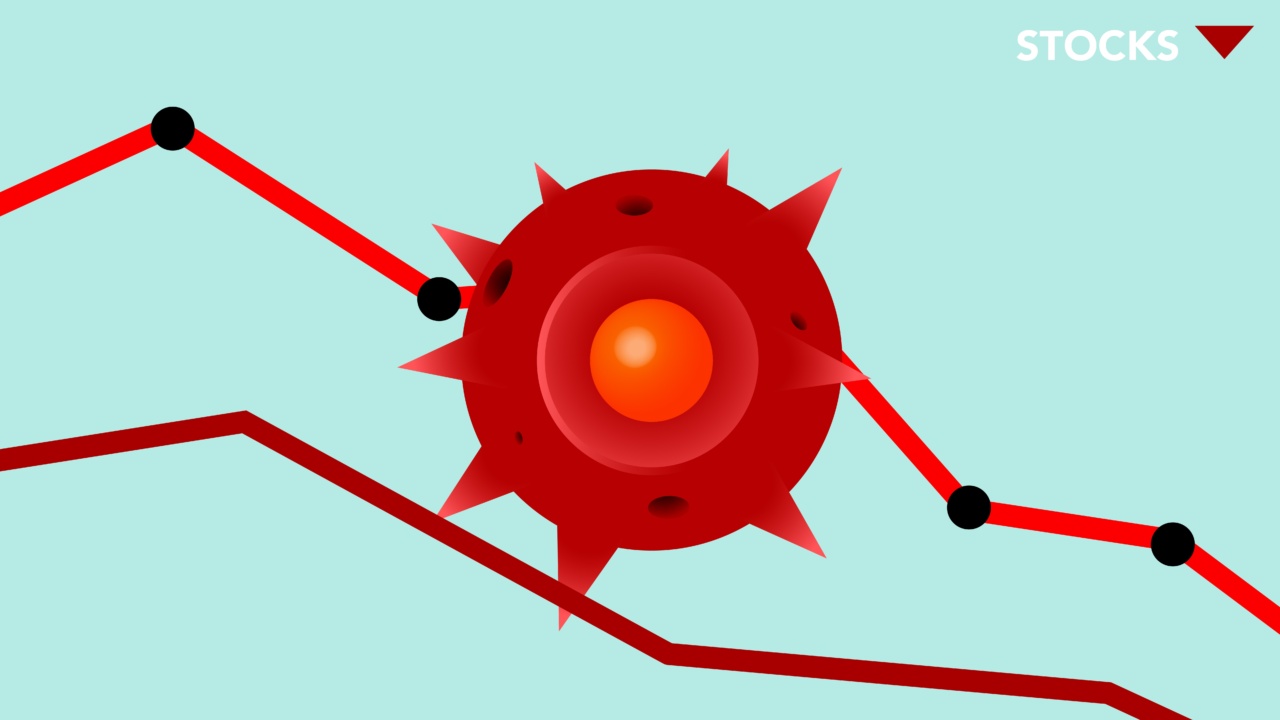Gastroenteritis is a common and debilitating disease that affects chickens worldwide. It is an inflammation of the digestive system, primarily the stomach and intestines, leading to symptoms such as diarrhea, vomiting, loss of appetite, and dehydration.
Gastroenteritis outbreaks can have a significant negative impact on the health and productivity of chicken flocks, resulting in decreased egg production, weight loss, increased mortality rates, and economic losses for poultry farmers.
Understanding Gastroenteritis in Chickens
Gastroenteritis in chickens can be caused by various factors, including viral, bacterial, and parasitic infections, as well as poor management practices and unsanitary living conditions.
Some of the common pathogens associated with poultry gastroenteritis include:.
- Avian Rotavirus: This virus primarily affects young chicks and causes diarrhea, leading to dehydration and stunted growth.
- Avian Reovirus: Reovirus infections can result in enteritis, causing inflammation of the intestinal tract and impacting nutrient absorption.
- Coccidia: Coccidia parasites multiply in the intestinal tract, causing severe damage to the gut lining and leading to diarrhea and weight loss.
- Salmonella: Salmonella bacteria can contaminate the chicken’s feed or water, leading to gastroenteritis and potential transmission to humans through the consumption of contaminated poultry products.
The Impact of Gastroenteritis on Poultry Farms
Gastroenteritis outbreaks in chicken flocks can have significant consequences for poultry farmers. Here are some of the key impacts:.
1. Reduced Egg Production
Chickens affected by gastroenteritis often experience a decrease in egg production. The stress caused by the disease can disrupt the reproductive hormones, leading to a lower number of eggs laid.
Additionally, the nutritional imbalance resulting from nutrient malabsorption further contributes to decreased egg quality.
2. Weight Loss and Slower Growth
Gastroenteritis causes chickens to experience diarrhea and reduced appetite, resulting in weight loss and slower growth rates. This not only affects the overall productivity of the flock but also leads to economic losses for poultry farmers.
3. Increased Mortality Rates
Severe cases of gastroenteritis can result in high mortality rates within the chicken flock.
Dehydration, nutrient deficiencies, and the weakening of the immune system make affected birds more susceptible to other diseases and infections, further elevating the mortality risk.
4. Economic Losses
Gastroenteritis outbreaks can have a significant financial impact on poultry farmers. Reduced egg production, poor growth, and increased mortality rates directly translate into economic losses.
Additionally, the cost of veterinary care and implementing control measures further adds to the financial burden.
Preventing Gastroenteritis in Chickens
Reducing the risk of gastroenteritis in chickens requires a comprehensive approach that focuses on biosecurity measures, appropriate vaccinations, and good management practices. Here are some key strategies:.
1. Biosecurity Measures
Implementing strict biosecurity measures on poultry farms is crucial in preventing the introduction and spread of gastroenteritis-causing pathogens.
This includes controlling access to the farm, proper disinfection protocols, and the use of footbaths and protective clothing for personnel. Regular testing and screening of birds can help identify and address potential disease carriers.
2. Vaccination
Vaccination is an essential tool in preventing gastroenteritis in chickens. Different vaccines targeting specific pathogens can be administered to young chicks and breeding flocks to enhance their immunity against common causative agents.
Consultation with a veterinarian is essential to develop an effective vaccination program tailored to the specific farm’s needs.
3. Clean and Sanitary Conditions
Maintaining clean and sanitary conditions in chicken housing facilities is vital for reducing the risk of gastroenteritis. Regular cleaning and disinfection of waterers, feeders, and housing surfaces help eliminate potential sources of contamination.
Proper waste management and drainage systems are also essential to prevent the buildup of pathogens.
4. Nutritional Management
An appropriate and balanced diet is crucial for maintaining the health and resilience of chickens.
Providing a nutritionally complete feed, fortified with essential vitamins and minerals, helps boost the immune system, making birds more resistant to infections. Regular monitoring of feed quality and proper storage practices are essential to prevent spoilage and microbial contamination.
Conclusion
Gastroenteritis poses a significant risk to the health and productivity of chicken flocks. Understanding the causes and implementing effective prevention strategies is vital for poultry farmers to minimize the impact of this disease.
By prioritizing biosecurity, vaccination, and good management practices, farmers can reduce the risk of gastroenteritis and maintain healthy and productive chicken flocks.





























